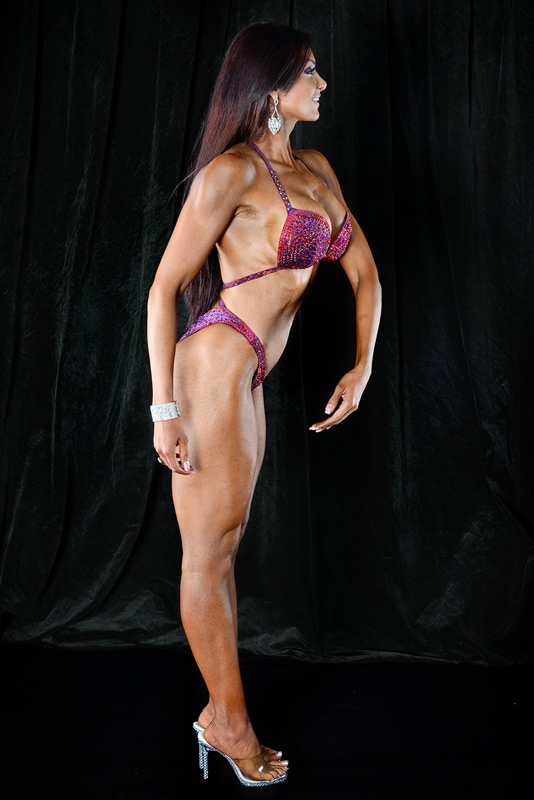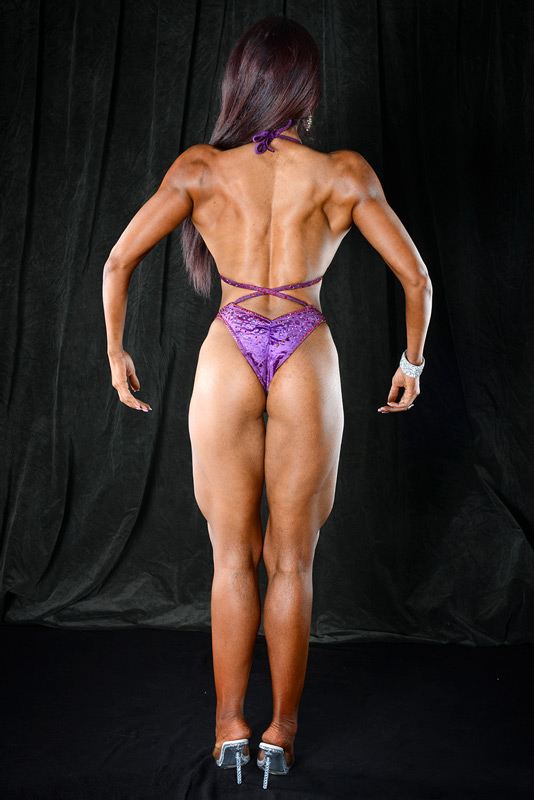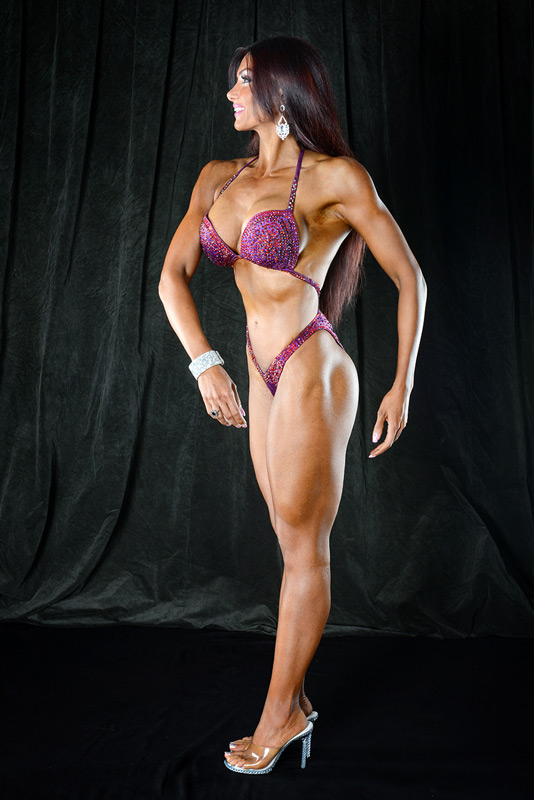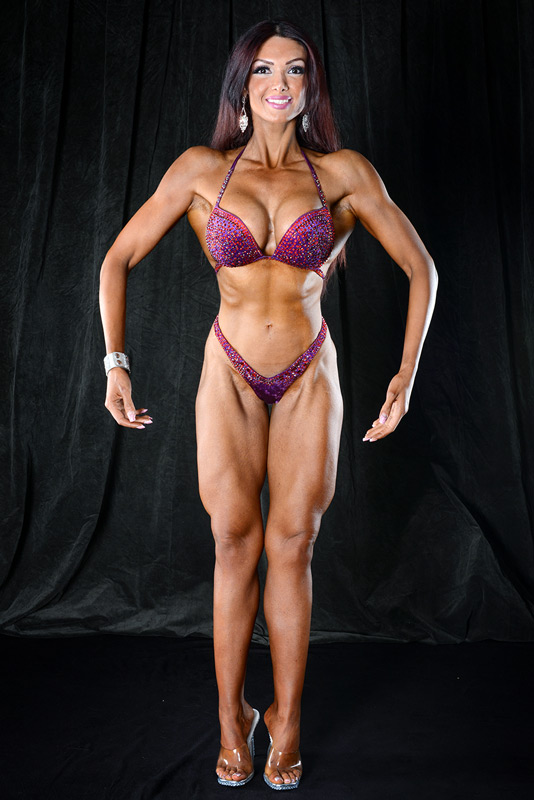ROUND 2: FINALS
T-WALK AND QUARTER TURNS
Attire for Round 2 (Two-Piece Bikini)
The attire for Round 2 (Two-Piece Bikini) will conform to the following criteria:
-
1. Two-piece bikini.
-
2. Colour, material, texture at the discretion of the competitor.
-
3. The bikini will cover a minimum of ½ of the gluteus maximus and all of the frontal area.
-
4. High-heels will be worn during this round. Shoe style and colour may be at the competitor’s discretion. Sole thickness will be no greater than 6.35 millimeters (¼”); stiletto height will be no greater than 127 millimeters (5”). Platform high-heels will be strictly prohibited.
-
5. The hair may be styled.
-
6. Jewellery may be worn, within limits.
-
7. The Head Judge, or a delegated representative, will have the right to determine if a competitor’s attire meets an acceptable standard of taste and decency.
Finals: Presentation of Round 2
The procedures for Round 2 will be as follows:
-
The competitors will be called onstage one by one to perform a T-walk. The competitors will enter the stage one at a time starting from the back centre of the stage to perform a T-walk. The competitor will walk to the back centre stage where she will pause briefly in a stance of choice. The competitor will then walk up to front centre stage and perform half turns, showing back and front. The competitor will then walk to stage left to perform half turns and then walk to stage right to perform half turns. The competitor will then be guided to her place in the line-up by the stage director.
-
In numerical order, each competitor will be introduced by number and name
Finals: Assessment of Round 2
The same criteria used in judging Round 1 will be used in this round. However, the judges must be mindful of the fact that a competitor may present a different “Total Package” while wearing a two-piece bikini of her own choosing. Therefore, judges must ensure that this round is judged from a “fresh” perspective, ensuring that all competitors receive fair assessment based upon their attire in this round.








